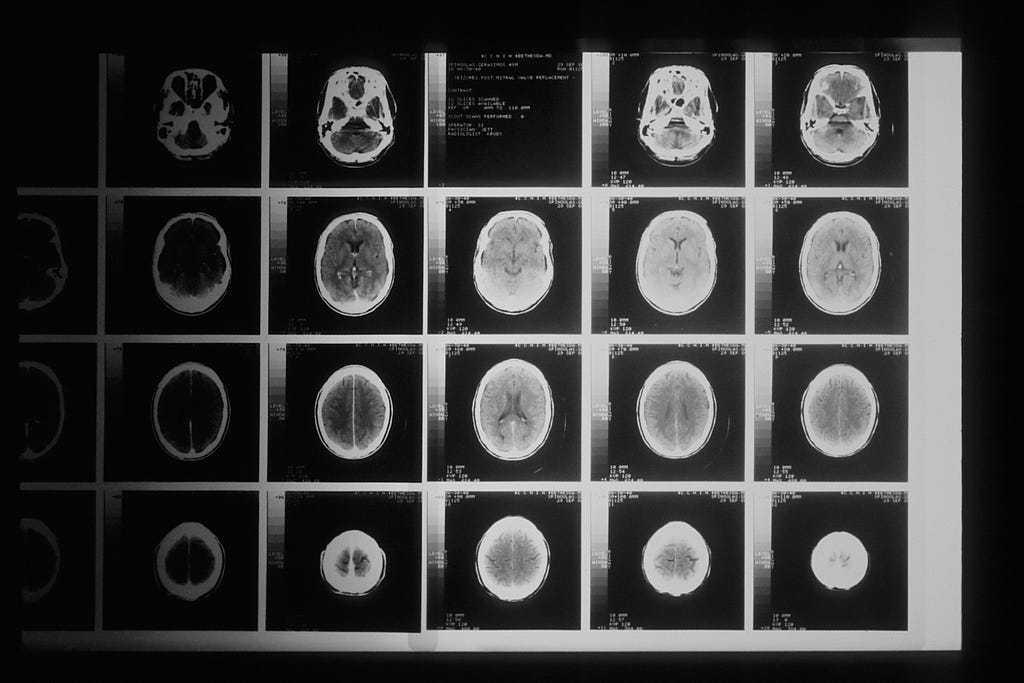Independent Component Analysis (ICA) is a data-driven tool used to separate linear contributions in data. It can be applied to various real-world applications, such as separating instrument tracks from audio. In the context of EEG data, ICA can be used to remove motion artifacts like eye blink movements from the neural signal. However, caution should be exercised when using ICA as it relies on assumptions and can lead to spurious conclusions.

The Power of Independent Component Analysis (ICA) on Real-World Applications — EGG Example
Independent Component Analysis (ICA) is a powerful tool that can separate linear contributions from data. It is commonly used for dimensionality reduction, but its most prominent application is in finding statistically independent components. For example, ICA can be used to separate instrument tracks from audio recordings. In this article, we will explore the practical application of ICA in identifying and removing eye blink motion from electroencephalogram (EEG) data.
Separating contributions from signal and ICA
To understand how ICA separates linear contributions from data, let’s use the example of a cocktail party. Imagine two individuals having a conversation in a room, captured by two microphones. The challenge is to separate the voices of the two individuals from the mixed audio file. This is where ICA comes in. By making certain assumptions about the data, ICA can identify and isolate the independent components, representing the voices of the two individuals.
Basic mechanism of ICA
ICA seeks a representation of the data using independent components. It assumes that these components are statistically independent, rather than just uncorrelated. This makes ICA a strong method for finding independent components when the data distribution is non-Gaussian. The ICA transformation is a linear method that assumes a linear combination between the source and signals.
Real-World application: Removing eye blink movement from EEG data
EEG data is often contaminated by motion artifacts, such as eye blink movements. ICA is commonly used to remove these kinds of noise. In an EEG experiment, we have multiple time series from different parts of the cortex, each providing different information about the neural circuits. By applying ICA to EEG data, we can identify and remove the contribution of eye blink movements, which can contaminate the neural signal.
Conclusion
ICA is a powerful data-driven tool that can separate different contributions to the data. It is particularly useful in scenarios where noise or unwanted signals need to be isolated. In the case of EEG data, ICA can identify and remove motion artifacts like eye blink movements, improving the quality of the neural signal.
If you want to evolve your company with AI and stay competitive, consider the power of ICA. Identify automation opportunities, define KPIs, select an AI solution, and implement gradually. For AI KPI management advice and continuous insights into leveraging AI, connect with us at hello@itinai.com or visit our website at itinai.com.
List of Useful Links:
- AI Lab in Telegram @aiscrumbot – free consultation
- The Power of Independent Component Analysis (ICA) on Real-World Applications — EGG Example
- Towards Data Science – Medium
- Twitter – @itinaicom



























